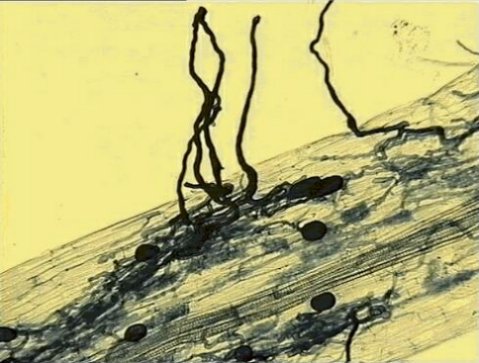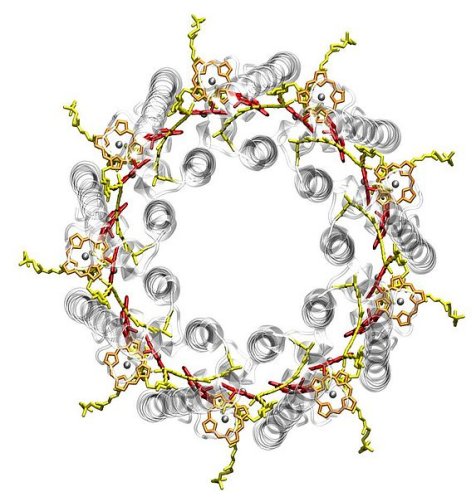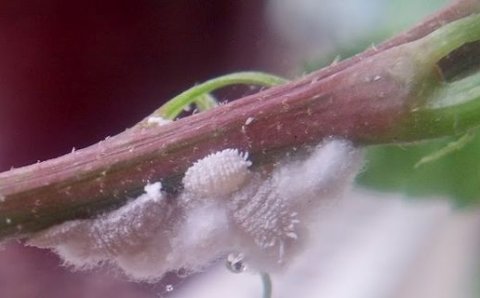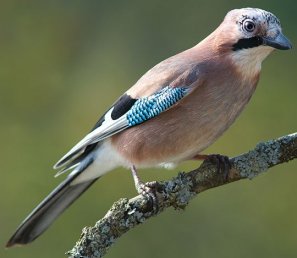
(Click for credit.)
The microscope picture above shows you a clover root (the mostly transparent material in the picture) whose cells have been “infected” with a fungus (the thick, dark material in the picture). At first glance, you might think the fungus is a parasite that takes nutrients from the plant, but that’s not really true. While the fungus does take nutrients from the clover, it also supplies the plant with critical nitrogen- and phosphorus-based chemicals that the plant has a hard time extracting from the soil. This is a mutually-beneficial relationship, which is often called a mutualistic relationship.
As anyone who has read this blog for a while knows, I am fascinated by such relationships. I have blogged about them many, many times before (see here, here, here, here, here, and here, for example). In fact, I have blogged about this specific kind of mutualistic relastionship before. It is called a mycorrhiza, and it is very, very common in nature.
About 95% of all vascular plants develop mycorrhizae,1 and these relationships come in many different forms. For example, in the relationship shown above, the fungus forms a highly-branched structure called an arbuscule, which comes from the Latin word arbusculum, which means for “little tree.” This arbuscule is formed inside the walls of the root’s cells, and the fungus is called an arbuscular mycorrhizal (AM) fungus. Such fungi cannot exist by themselves. They can only exist as a part of a mycorrhizal relationship. There are other forms of mycorrhizae as well, but the study I want to discuss is specifically about AM fungi.
Continue reading “People Weren’t The First to Develop an Internet!”










